You are here
Sun, 2011-03-13 17:00 — mdmcdonald
Japan Radiation Medicine
Working Group email address: ***@***.***
Add Content to this group
Members
| AlMac99 | bdfmchuv | Bea Alvarez | bevcorwin | brandongraham | Craig Vanderwagen |
| duane.caneva | Emi Kiyota | GBrozowski | James Miller | Kathy Gilbeaux | leiderman |
| Mark Ryan | mdmcdonald | MichelSPawlowski | Patrick Young | rasmussene | Richard Walden |
| RJ Danzig | safecast | safecastdotorg | Samuel Bendett | Susan Fassig | Tomo |
| UserTest | WVISecurity | Yuki Karakawa |
Email address for group
radiation-medicine@m.resiliencesystem.org



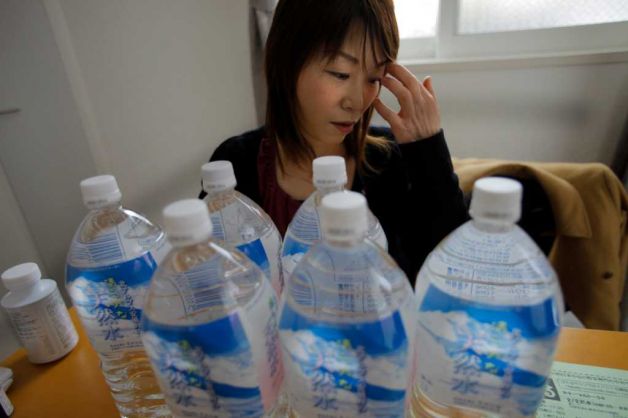
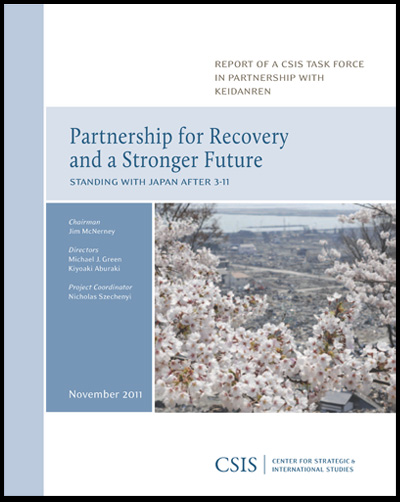

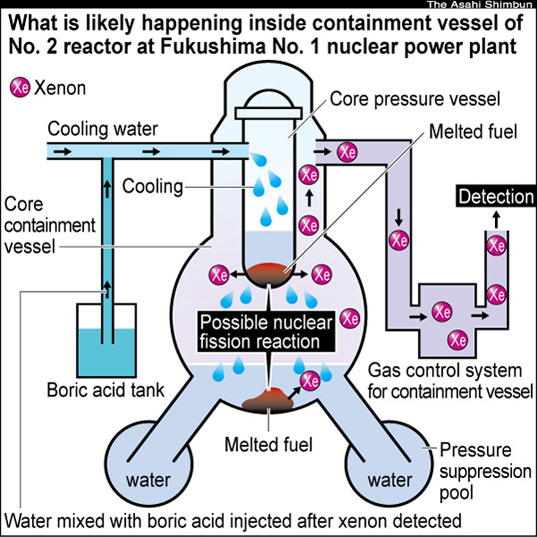
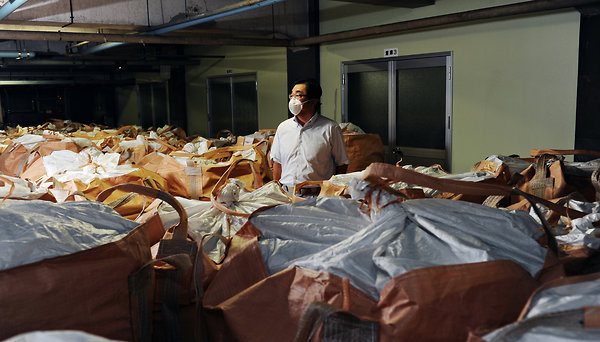

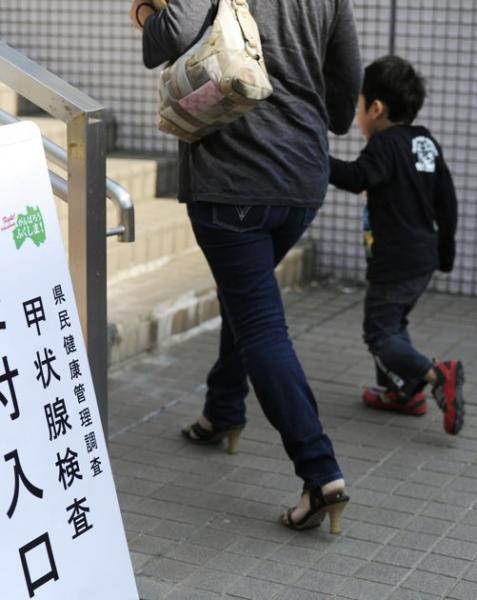 A boy is taken by his mother to Fukushima Medical University Hospital for a thyroid test in Fukushima, northern Japan, Sunday, Oct. 9, 2011. Local doctors began a long-term survey of children for thyroid abnormalities, a problem associated with radiation exposure. Officials hope to test some 360,000 people who were under the age of 18 when the nuclear crisis began in March, and then provide follow-ups throughout their lifetimes. Japanese on the board reads: a thyroid test entrance. (AP Photo/Kyodo News)
A boy is taken by his mother to Fukushima Medical University Hospital for a thyroid test in Fukushima, northern Japan, Sunday, Oct. 9, 2011. Local doctors began a long-term survey of children for thyroid abnormalities, a problem associated with radiation exposure. Officials hope to test some 360,000 people who were under the age of 18 when the nuclear crisis began in March, and then provide follow-ups throughout their lifetimes. Japanese on the board reads: a thyroid test entrance. (AP Photo/Kyodo News)
Recent Comments